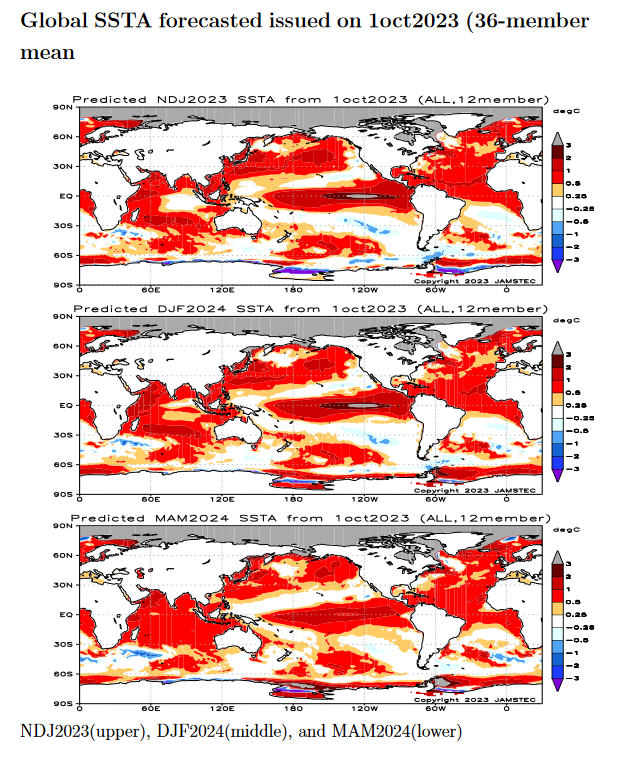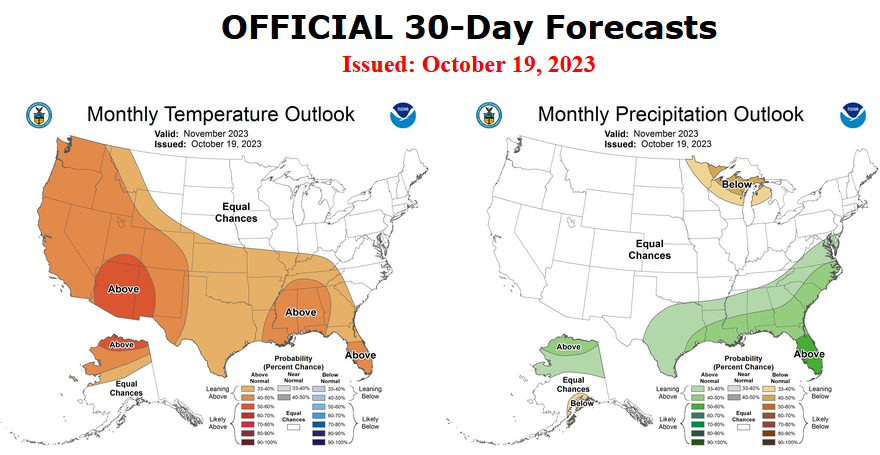Short Term and Intermediate-Term Weather Outlooks for the U.S. and a Six-Day Forecast for the World: posted October 24, 2023
Here is what we are paying attention to in the next 48 to 72 hours. The article also includes weather maps for longer-term outlooks and a six-day World weather outlook.
We start with the U.S. Information. You can update this section here but these are 48 to 72-hour forecasts so if I have not been able to update this area twice daily, what is shown is still valid and the images in the body of the article update automatically but sometimes they are a bit slow to update.
Short Range Forecast Discussion
NWS Weather Prediction Center College Park MD
Tue Oct 24 2023
Valid 12Z Tue Oct 24 2023 – 12Z Thu Oct 26 2023…A significant early season winter storm will bring heavy snowfall later
Tuesday through Wednesday across portions of the Northwest, Northern
Rockies, and Northern Plains……Heavy rainfall and some areas of flash flooding will be possible for
portions of the Southern Plains and Great Lakes……Much above average temperatures for much of the central and eastern
U.S. mid-week…











